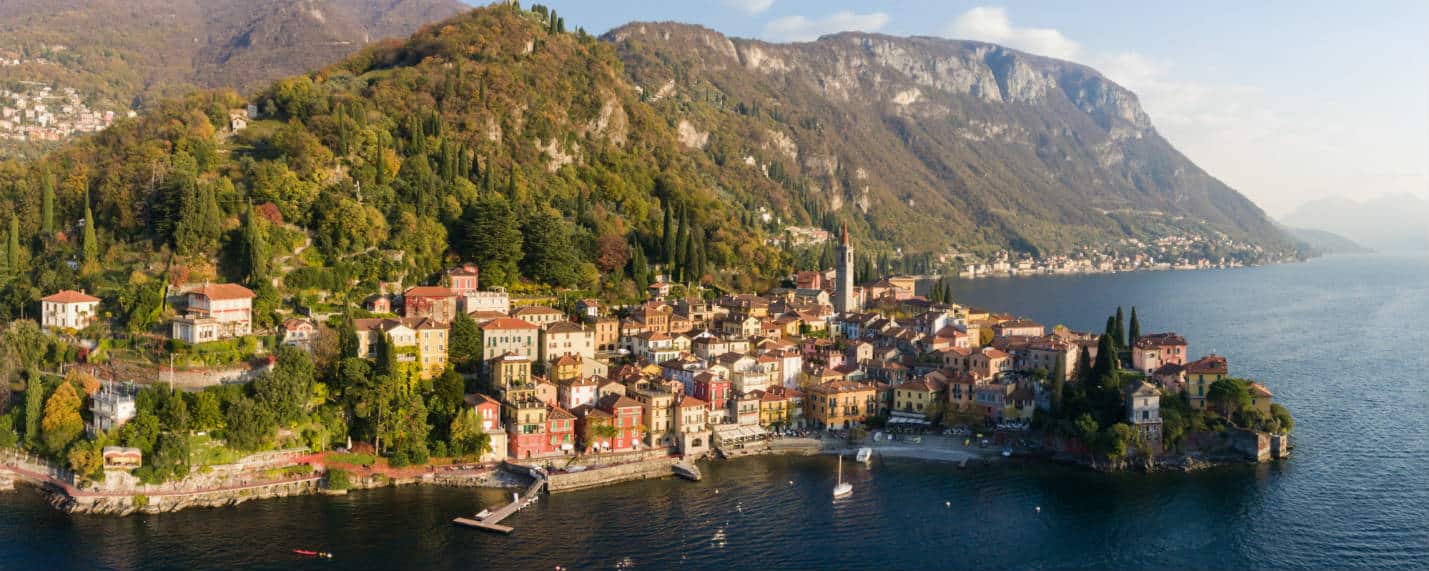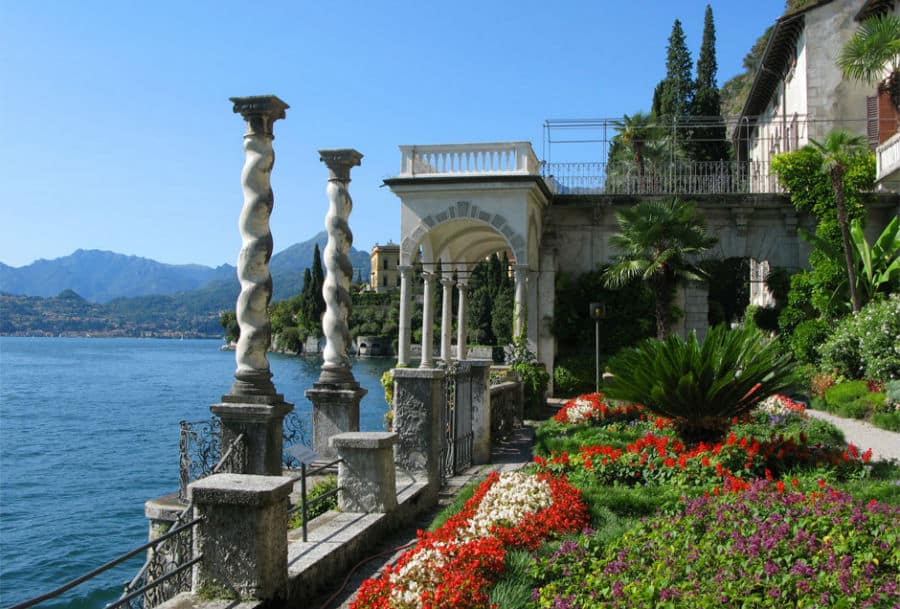Born from the transformation of an ancient women’s monastery of Cistercian foundation dedicated to the Virgin Mary and built at the end of the 12th century, Villa Monastero saw the succession of different owners-from the Mornico family of Valsassina to the German Walter Kees, and finally to the De Marchi family from Milan of Swiss origin (to whom the Multipurpose Hall in Varenna is named)-who were responsible for the costly building and renovation works that over time gave it its current appearance as an eclectic residence.
In 1939 it was donated to the state, by the De Marchi family, with the obligation to conserve it and use it for cultural institutions of public benefit; thus it was that fourteen years later, in 1953, the conference center was built, which still today hosts conferences of a cultural and scientific nature, including the summer courses of the prestigious Italian School of Physics.
Finally, in 2003, the Casa Museo was built, in whose rooms – 14 to be exact, distributed between the ground and second floors – the museum itinerary is articulated and unfolds, during which visitors have the opportunity to admire original decorations and furniture.
Among the most important rooms are the Black Room, in neo-Renaissance style; the Billiard Room, with decorated capitals and various marbles; the Red Room, with neo-Rococo tapestries and furnishings; and the Fermi Room, in which physicist Enrico Fermi gave his last lectures in 1954. Crowning this splendid building is the enchanting Botanical Garden, rich in rare and exotic botanical species kept lush here by the mild climate typical of the lake.
The complex is divided into a succession of terraces, arranged along a path of about two kilometers that reaches the nearby hamlet of Fiumelatte. Colors and scents envelop this relaxing walk along the lakeshore, where palms, citrus trees, oleanders, agaves, yuccas, English Roses, multicolored Peonies and many other collections and rarities, brighten the sight and the soul of the many visitors who each year are lucky enough to enjoy a few hours of tranquility in this oasis of peace.
Also of remarkable beauty are the architectural decorations scattered here and there along the entire route: statues, small temples, reliefs and fountains accompany the visitor to the Kaffe-haus, located at the extreme southern edge. Among the various works that corollate the park, “The Clemency of Titus” certainly stands out, a sculptural group created by neoclassical artist Giovanni Battista Comolli, the author’s last work before his death, placed here in the early 1900s.



